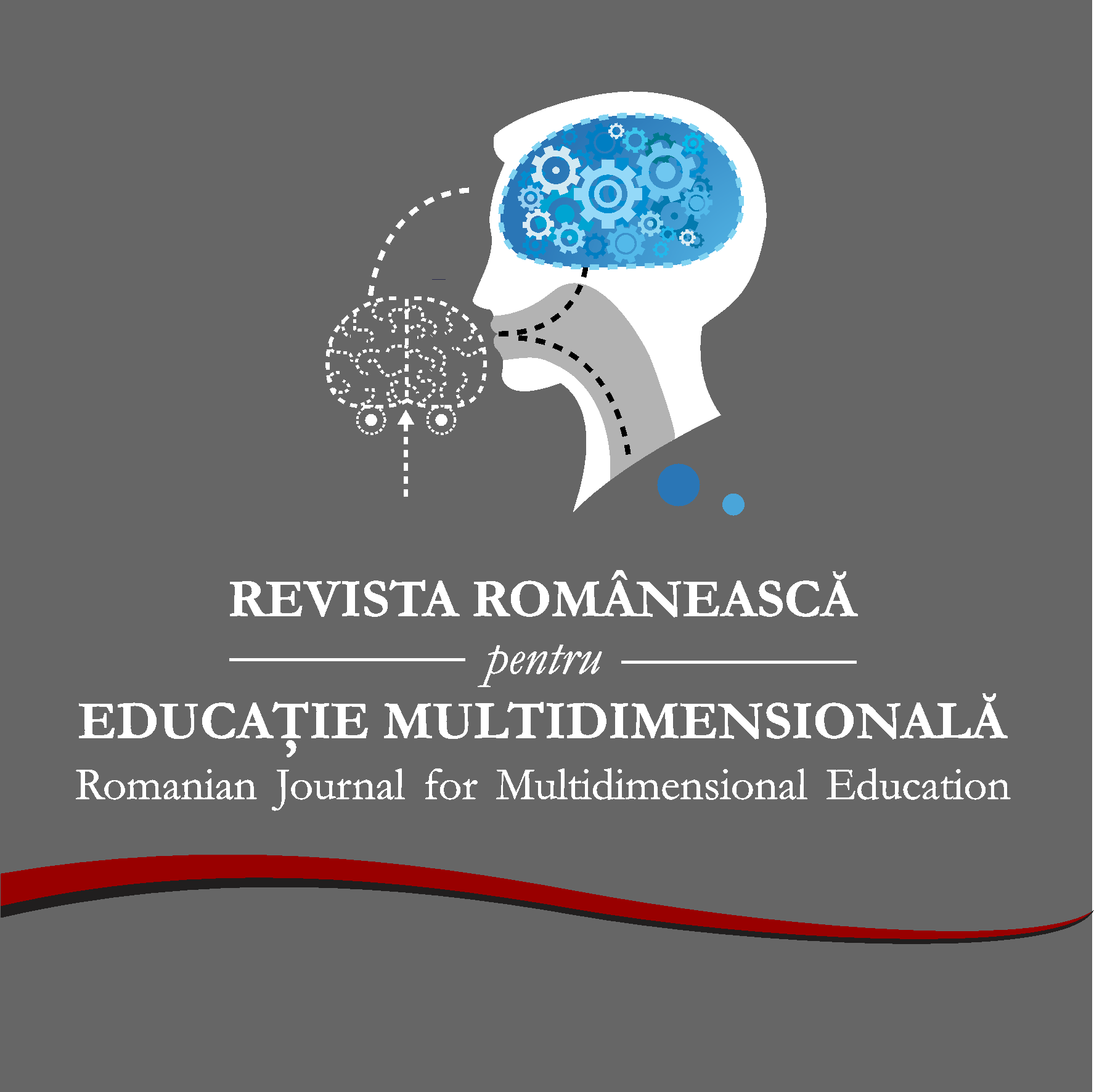The Influence of Practical Curricular Courses on the Upper Body Flexibility in the Faculty of Physical Education and Sports Students
The Influence of Practical Curricular Courses on the Upper Body Flexibility in the Faculty of Physical Education and Sports Students
Author(s): George Danut Mocanu, Tatiana DobrescuSubject(s): Social Sciences, Education, Higher Education , Pedagogy
Published by: Editura Lumen, Asociatia Lumen
Keywords: curricular activities;flexibility;joint mobility;students;stretching;
Summary/Abstract: The range and quality of sports technique is conditioned by flexibility. This study analyzes the effects of practical activities that are specific to the first year FPES Galati courses on the upper body flexibility. Over the course of the academic year 2017-2018, the investigated group (composed of 27 girls and 46 boys) has constantly participated for 28 weeks in the 6 practical courses (gymnastics, track and field, swimming, football, volleyball, ice skating), divided in a balanced way throughout the two semesters. The analysis and comparison of the results for the two sexes, during the initial and final tests, applied at the beginning and the end of the academic year, show a superiority of the girls' flexibility in almost all events. The Wilcoxon test for paired samples has identified significant progress between the initial and final assessments in the female group, in 4 of the tests (Right lateral trunk flexibility Combined spine-hip flexibility, Shoulder flexibility, Vertical arm flexibility), recording Z values corresponding to thresholds of P<0.05; however, in the male group, no significant progress was recorded not even in one of the tests, all Z values corresponding to thresholds of P>0.05. The investigation of the differences recorded between independent samples, using the Mann Whitney U test, has identified significant increases in the girls' values in only 3 events, during the initial tests, and in 4 during the final ones, even if the girls' average values are higher than the boys' values for most tests. In conclusion, the boys did not record significant improvements in their performances, only a slight increase or the same values over the course of the investigated period; the girls however, recorded results that show a potential of optimizing their flexibility at this age. The authors recommend that an increased attention should be given during practical courses to develop the students' flexibility as a favoring factor of motion fluidity and improvement of the students' motor potential.
Journal: Revista Românească pentru Educaţie Multidimensională
- Issue Year: 13/2021
- Issue No: 4
- Page Range: 394-412
- Page Count: 19
- Language: English

